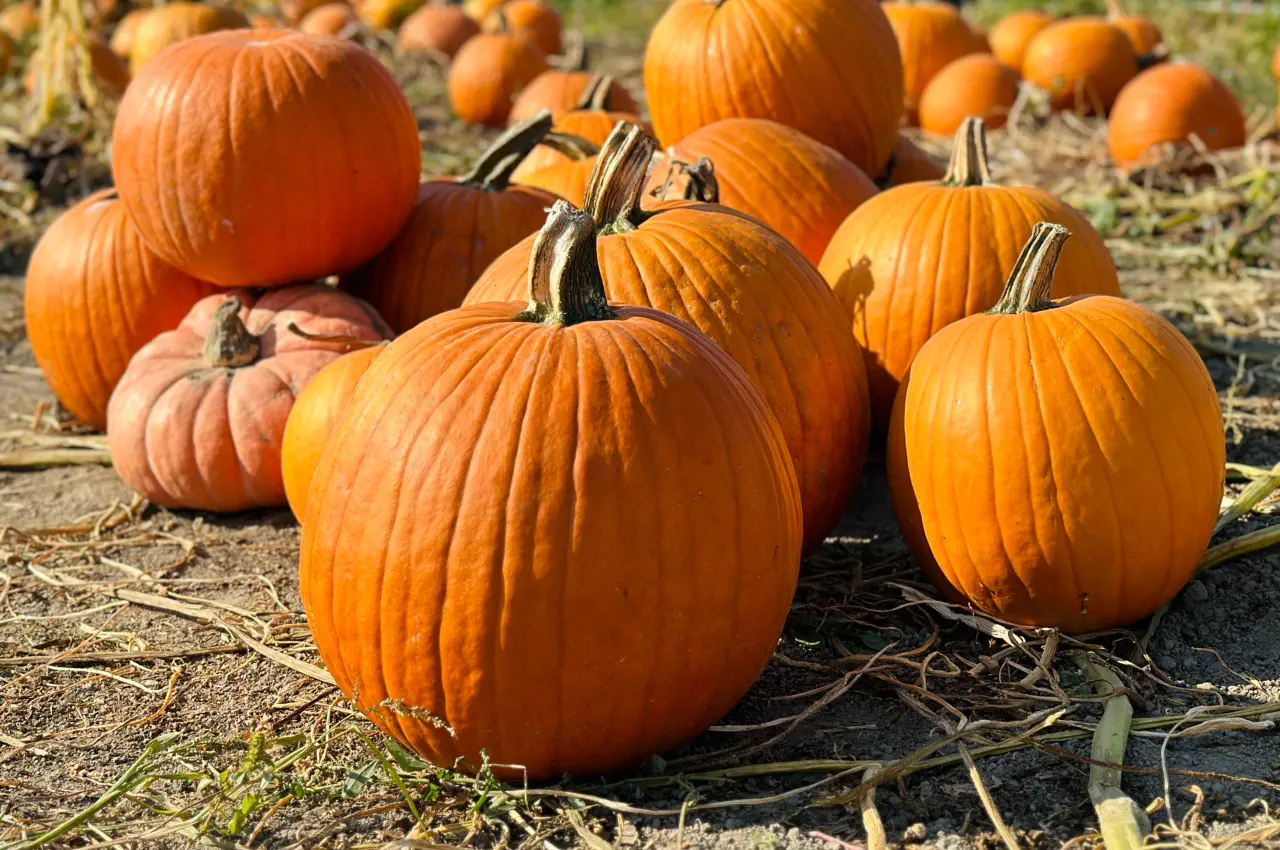Whether you have a big garden, a small patch of yard or a few containers on a balcony, these veggies will fit into your space and your routine.
With a little care and attention you’ll be reaping the rewards of your own mini harvest in no time....

The typical big orange pumpkin we all know and love, is a squash but it’s also classified as a gourd, which for some people can be a little confusing. The reason for this is because a pumpkin can be both eaten as a food and used for decorative purposes, which is what most gourds are usually grown and used for. The pumpkin comes into its own around Halloween when they can be seen in abundance in shops and supermarkets up and down the length and breadth of the country.
 Early Autumn is typically a time when children, of all ages, delight in carving out faces in the soft, orange fleshy fruit, which are then used a lanterns. Although the pumpkin is intrinsically linked to this particular spooky occasion, it also has other, more meaningful uses.
Early Autumn is typically a time when children, of all ages, delight in carving out faces in the soft, orange fleshy fruit, which are then used a lanterns. Although the pumpkin is intrinsically linked to this particular spooky occasion, it also has other, more meaningful uses.
Primarily as a food product, pumpkin pie and pumpkin soup are just 2 of the most popular ways of eating this unusual ‘vegetable’, which is technically, or botanically speaking, a fruit. Many recipes exist for pumpkin stew, pumpkin hummus, pumpkin muffins, pumpkin puree and spice latte to name just a few.
Pumpkins are extremely easy to grow but do need lots of water and lots of warm sunshine in order to fully ripen. Apart from the traditional orange coloured fruits, there are also yellow and white varieties available too. Some ‘serious’ gardeners take great delight in growing mammoth size, prized pumpkins for exhibiting, alongside marrows and other types of squash. The seeds can be started off in pots under cover from mid-April or sown directly outdoors into soil that has been well prepared beforehand, during late May and after all danger of frost has passed.
It will usually take between 12 and 20 weeks for pumpkins, which have been grown directly from the pumpkin seeds, to reach full maturity, depending on the variety. They are very susceptible to cold, wet weather so a warm sunny season is necessary for the fruits to grow healthily and reach the stage where they can show their true colours. All fruits should therefore be lifted before the first frosts, which can be anytime between mid to late November and early to mid-December.
Pumpkins are ready to be picked or harvested when the stems that attach the fruits to the parent plant begin to dry, feel woody and crack. The skin of the pumpkin also needs to be hard and a long stem should be left attached to the fruit. One way of telling if a pumpkin is ready for picking is to tap on the skin. If it sounds hollow then it’s generally ready.
The biggest indicator of ripeness is the colour of the fruit itself. Some pumpkins will be ready for harvesting in late September but most can be left until late October. One important point to bear in mind is, if they are fully matured and cured before being picked they will keep for around 3-4 months in cool, dry conditions.
What is your favourite pumpkin variety? Leave a comment below and let everyone know....
All blog content on this page is copyright of SimplySeed and is not to be reproduced without prior written permission. ©